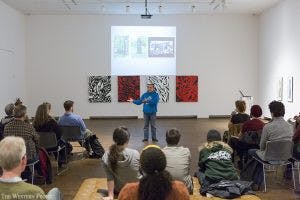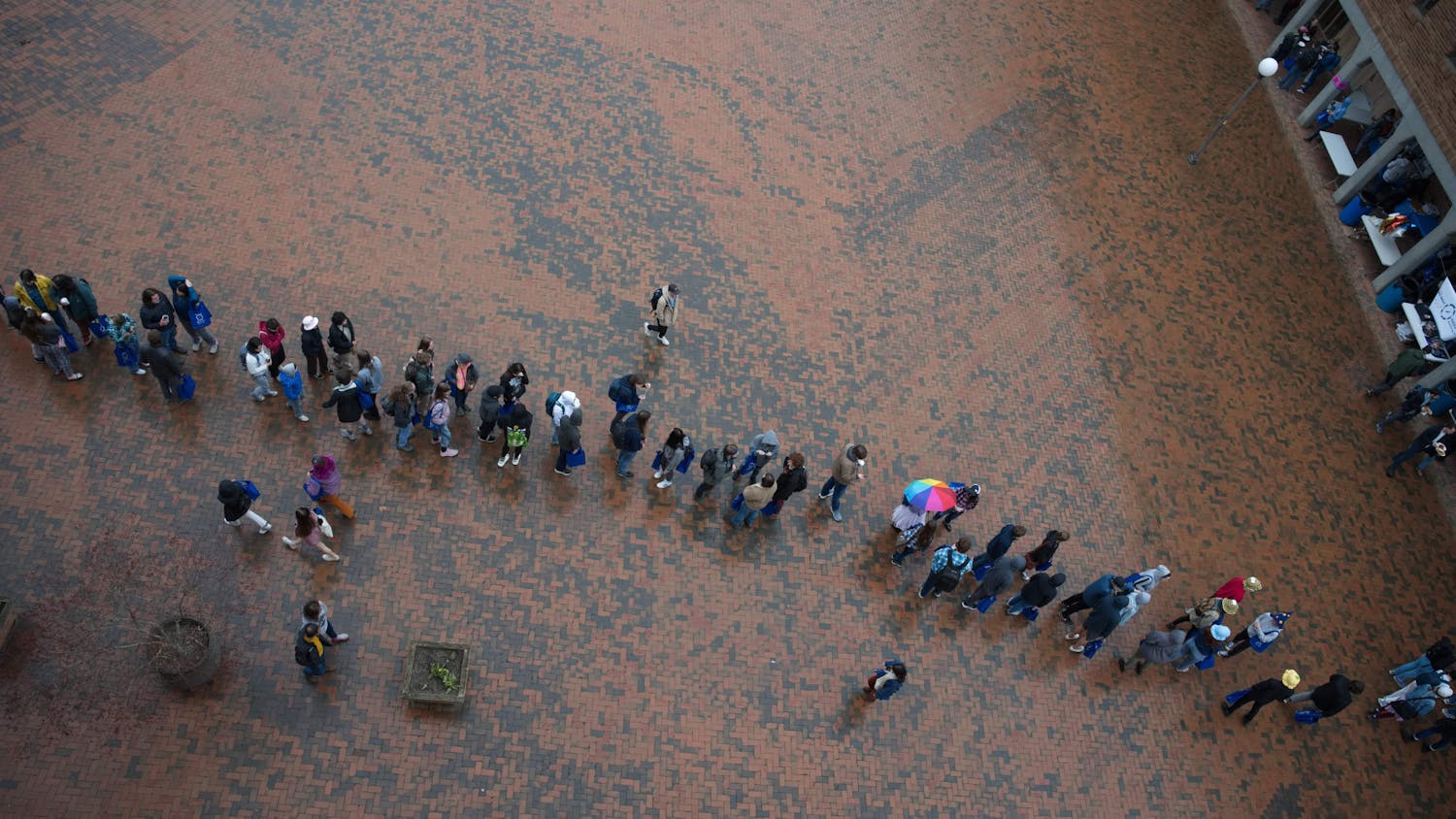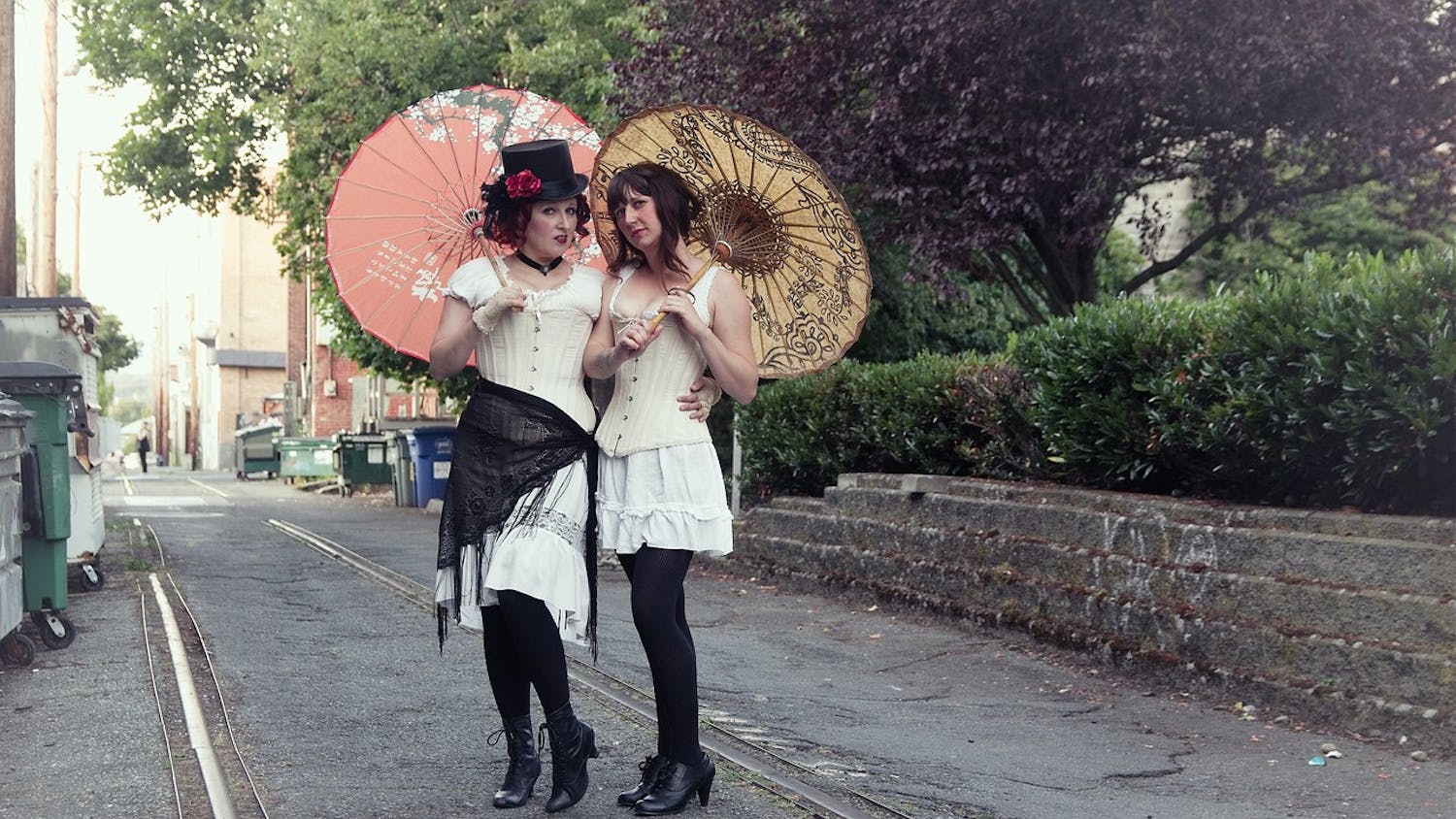While totem pole artwork has long been a way for native Coast Salish people to display and teach tribal traditions, Jewell James has made a career using them also for activism. On Thursday, Oct. 27, Lummi master carver Jewell Praying Wolf James spoke to Western students and interested community members about his activism through totem pole art. James was the latest artist to present at the “Susan Point Past Present: Cultural Visions in New Media” exhibition at the Western Gallery. During his presentation, James spoke with the audience about carving totem poles as a method of healing and environmental activism. James achieved national attention after the Sept. 11 attacks, when he donated a totem pole to New York City in an effort to bring the mourning together. Since then, he’s used his “healing totem poles” for activist causes, most notably bringing awareness to the environmental damages of coal trains, oil pipelines and fracking.
“We’re fighting for nature,” James said. “It’s an opportunity to share with the people and start taking action.”
Lummi master carver Jewell Praying Wolf James
“In 1978 I had a vision, a real vision that’s all about, I believe, protecting the Earth,” James said. “I had a dream of totem poles spreading across the country. Because I’m a dreamer, and because I’ve had these experiences, I use them to motivate myself.” James goes across the country, even into Canada, bringing his healing totem poles to locations with environmental conflict. In 2014, he brought a totem pole to Beaver Lake Cree in Alberta when the water was found to be contaminated. The move is an effort to bring the community together, understanding the history of the land and motivating change, James said. “We’re fighting for nature,” James said. “It’s an opportunity to share with the people and start taking action.” James began his career studying law at the University of Washington, and pursued carving to continue his family’s work. After the deaths of his two children, he decided to make a career out of it. “I wanted to give up on it because I was only into it, at that time, to help them learn more about their (heritage),” James said. “They wouldn’t want me to quit. It’s healing, it’s my way of retreating into the art, give myself time to physically, emotionally, mentally, spiritually calm down.” Crisca Bierwert, a cultural anthropologist teaching in the art history department at Western, organized to have James speak at Western Gallery, as she had met him years prior at an event in Seattle with Native American leaders. Bierwert kept up to date with James’ work, and after seeing him at a food issue conference at the University of Washington last fall, knew he’d be a good speaker for students in her Coast Salish art class, Bierwert said.





